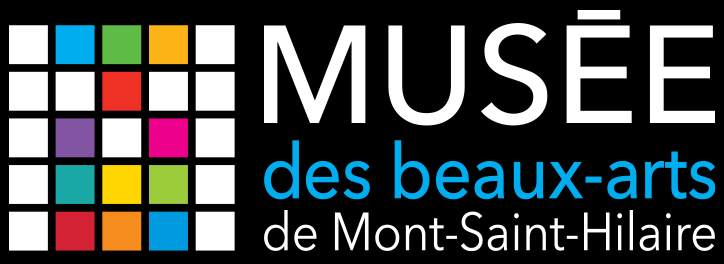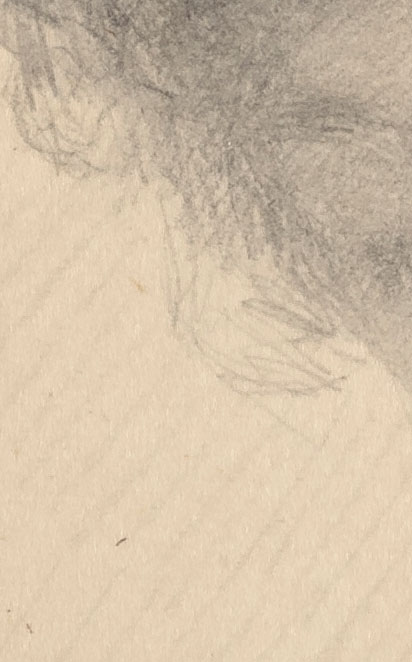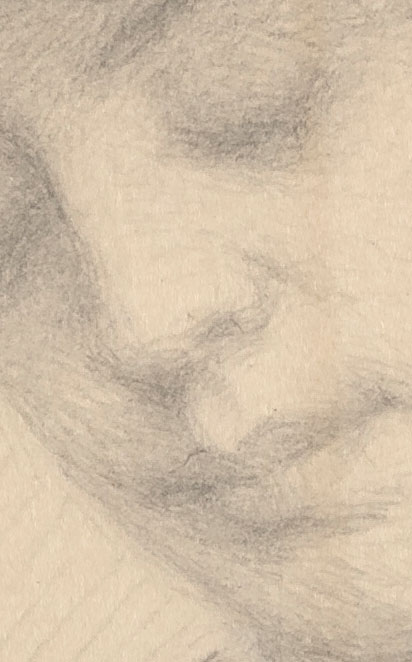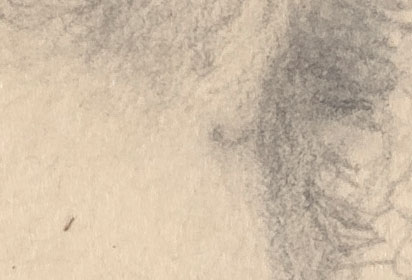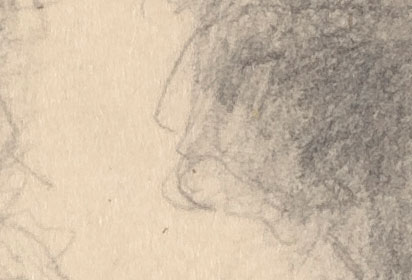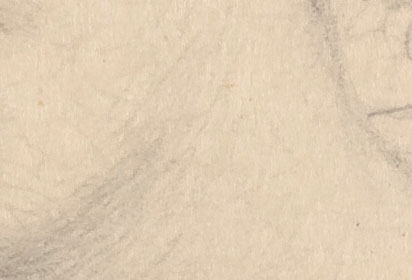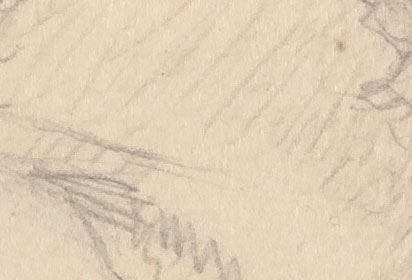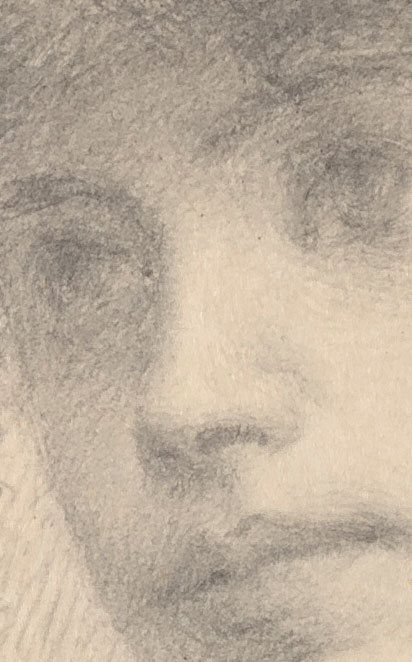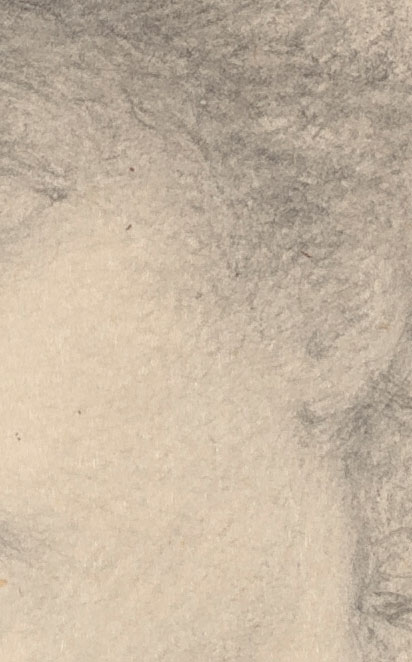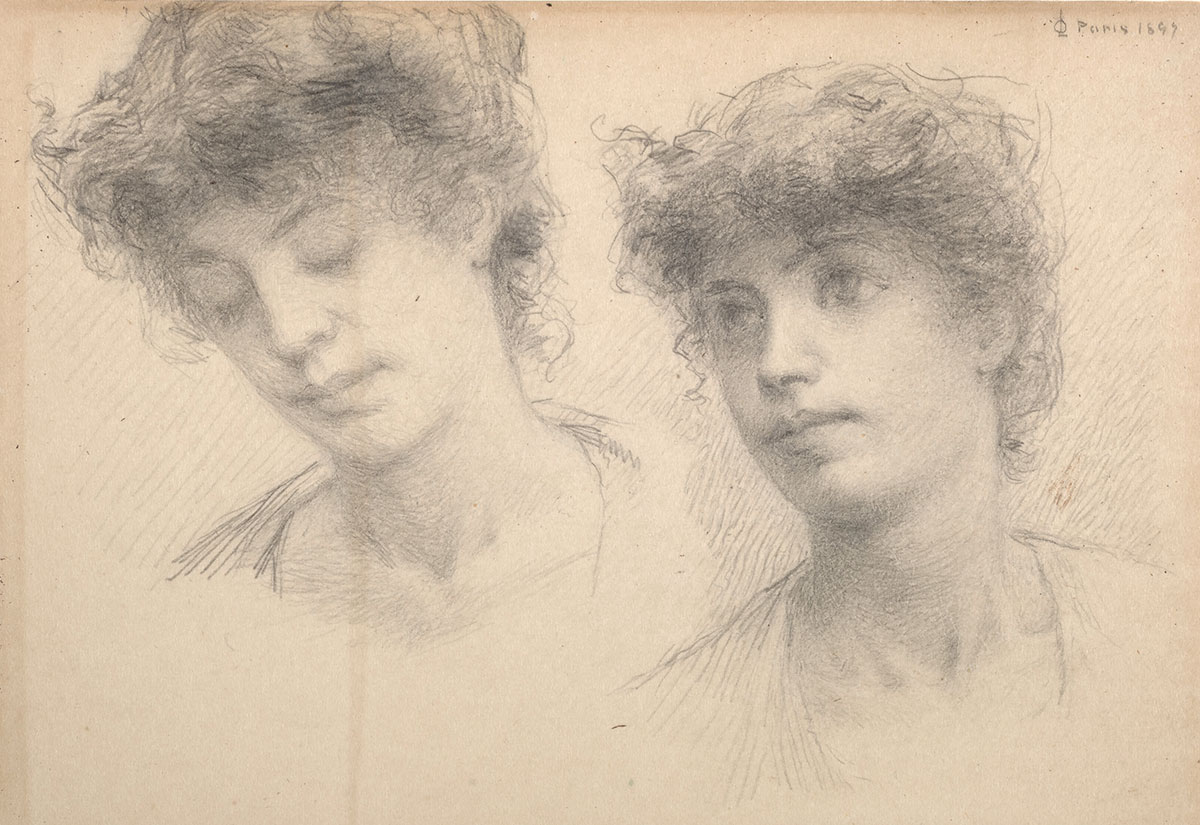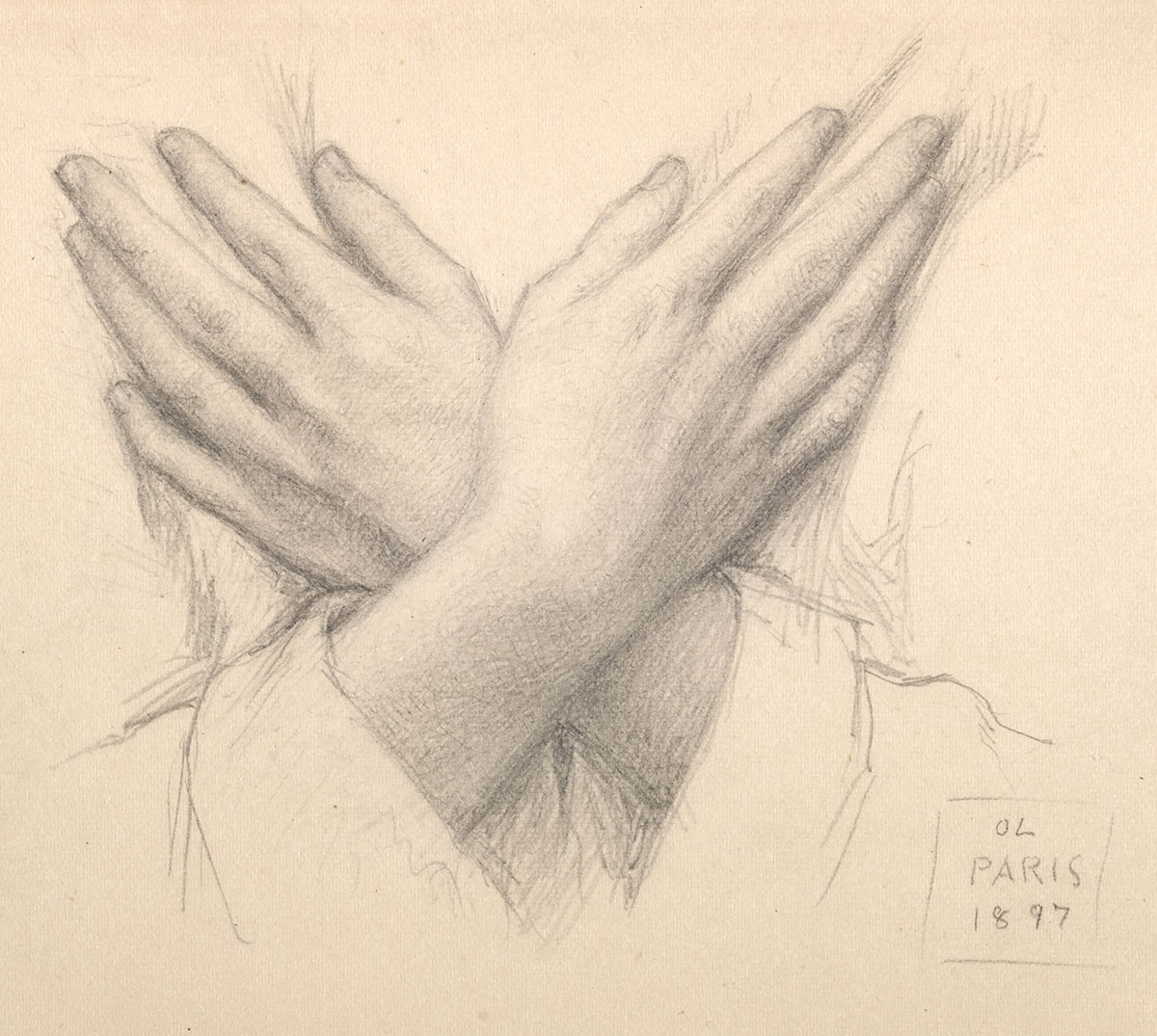Drawings
An important creative step
For the young artist, perfecting his drawing technique becomes a crucial stage of his apprenticeship.
Leduc primarily uses black lead pencil, charcoal and ink, and on occasion colored pencils and pastels. He uses all types of paper to draw, including those he can recycle.
It's by copying the great masters that he learns and is inspired. He creates for himself an imaginary museum from which he refers to for the creation of his works, particularly his religious art commissions.
The use of drawing in the artist's work becomes an essential phase. A sketchbook, started on his trip to Paris in 1897, contains twenty-seven drawings, including several studies of hands and heads that he eventually uses in his compositions.
These drawings are also of great importance to art historians as they help understand the artist's methodology. The earliest sketches are dated 1897 and the last ones are from 1941.
Some drawings focus on details, others, more elaborate, draft the composition of a painting. Leduc writes that "the drawing is what is most intellectual in a painting". On occasion he annotates his sketches with ideas for colors, themes, and specific location in the final work.
Grid technique
It's interesting to notice that Leduc regularly uses similar hand poses or types of faces in several of his paintings. He usually begins by sketching figures and then integrates them into a background grid that makes it easier to transfer small-scale drawings to a larger canvas.
